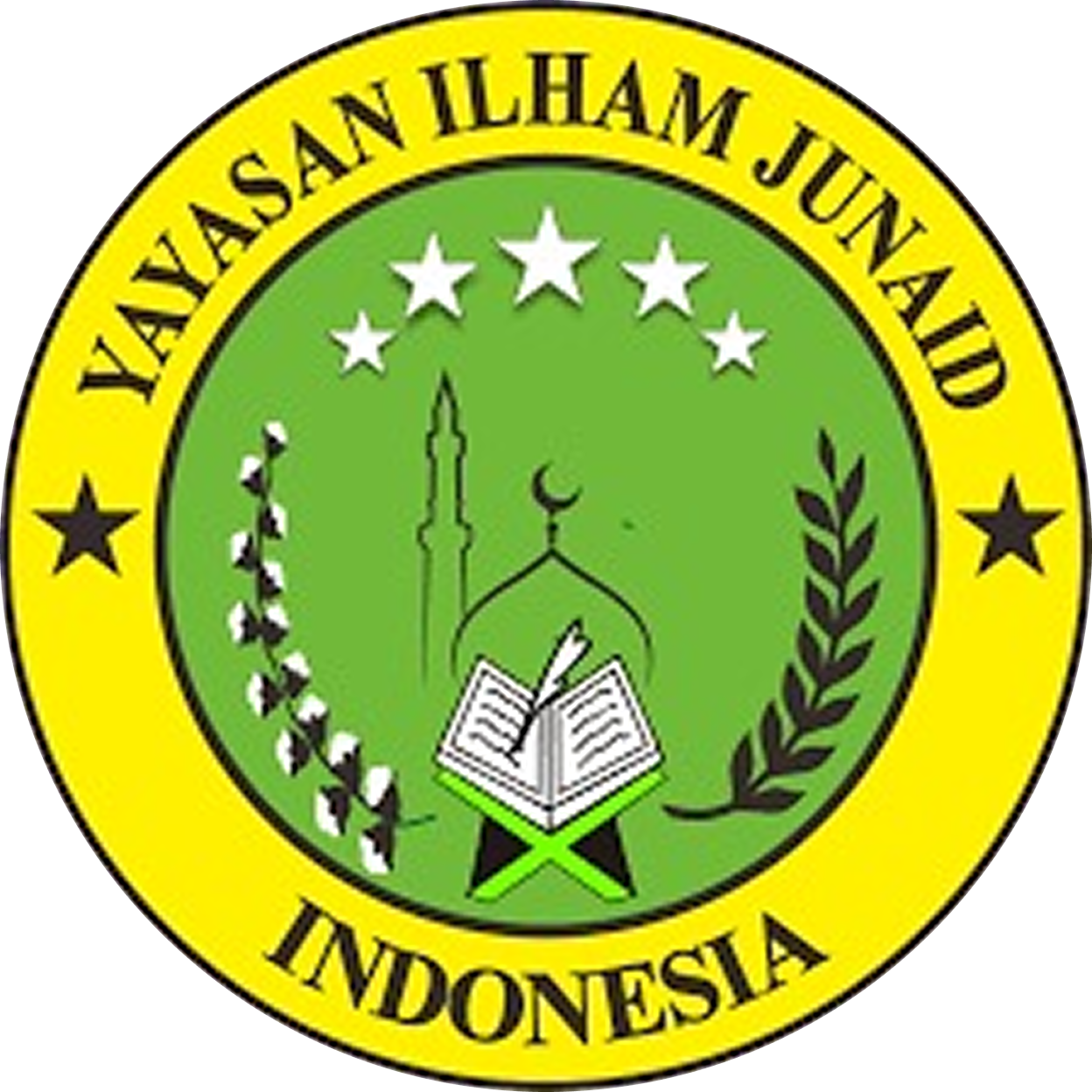Author Guideline
- The manuscript is in English and should be original and has not been published or under review elsewhere.
- No academic degree should be attached to author name(s). In cases where the authors come from different institutions, an index should be used after each name.
- Below the author name(s) should be written their organization, institution/academic affiliation, and corresponding email address.
- The manuscript should be between 10 and 15 pages long, 1-line spacing, Times New Roman, font size 11.
- The title should be concise and clear consisting of not more than 18 words, typed in Capitalize Each Word.
- The template can be download in here
The manuscript should contain the following:
- Abstract and Keyword: The abstract should include background, research method, results, and conclusion. Abstract maximum 150-250 words. The abstract should include background, research method, results, and conclusion. Abstract maximum 250 words. The abstract should include background, research method, results, and conclusion. Abstract maximum 150-250 words (Times New Roman, 11 pt). Keywords should be minimum of four words; separated by semicolon
- Introduction: Authors should provide an adequate background and context for the research, highlighting what is already known about the topic, identifying gaps in knowledge, and explaining why the current study is necessary. It should also establish the significance of the research and how it relates to existing literature (Times New Roman, 11 pt).
- Literature Review: The literature review should provide a comprehensive overview of the existing body of knowledge on a specific topic, summarizing and synthesizing relevant scholarly sources to provide a clear understanding of the existing research. The authors may provide an overview of existing research, synthesis and analysis, critical evaluation, and point out gaps in the current research (Times New Roman, 11 pt).
- Methodology: The methods section of a research journal article should detail the research design, data collection procedures, and analysis techniques used in the study. It should provide a clear and reproducible account of how the research was conducted, allowing other researchers to understand the process and potentially replicate the study.
- Result and Discussion: Write the research results and discuss, compared with other research that has ever been conducted or discussed, based on the theoretical framework that is used in the research. Use up-to-date references, such as books published within the last ten years and journal articles published within the last five years. The authors may see reviewers’ comments for using references (Times New Roman, 11 pt).
- Conclusion: The authors should write the con-clusion in obvious words. It should explain how the study's objectives are accomplished. The authors should write the conclusion in obvious words. It should explain how the study's objec-tives are accomplished. The authors should write the conclusion in obvious words. It should explain how the study's objectives are accomplished.
- References: All references should be in American Psychological Association 7th Edition (APA) style and presented inside the main body of the article. The article should attach at least 25 references. References should be in the last decade. Use a reference manager to organize and write the references, such as Mendeley, EndNote, or Zotero. The use of primary sources for the references is strongly recommended. The last names of the first author of each work should alphabetize reference list entries.









